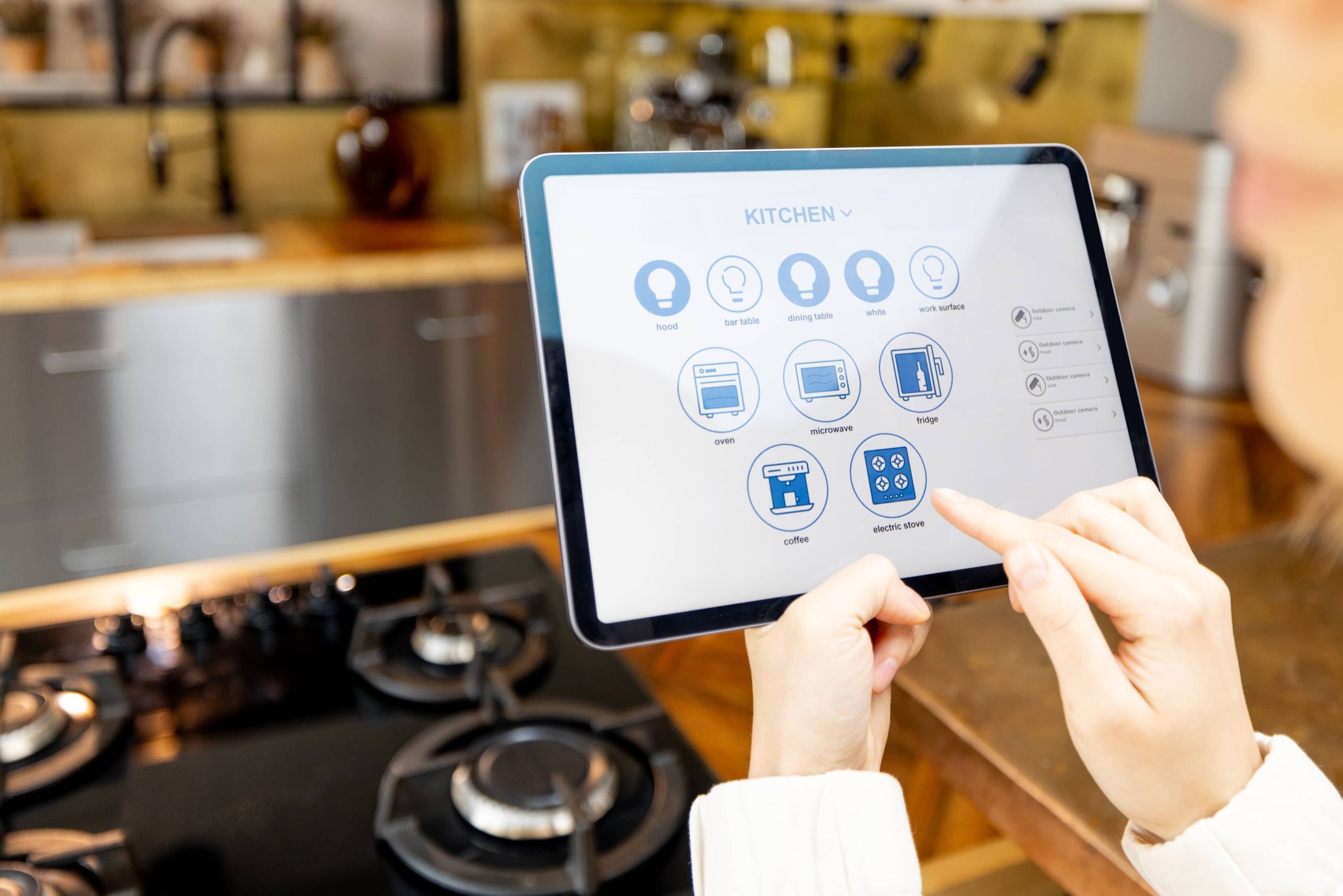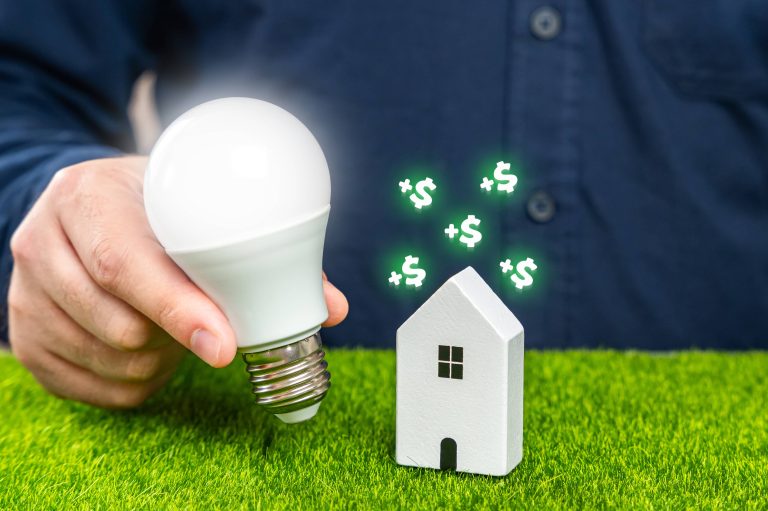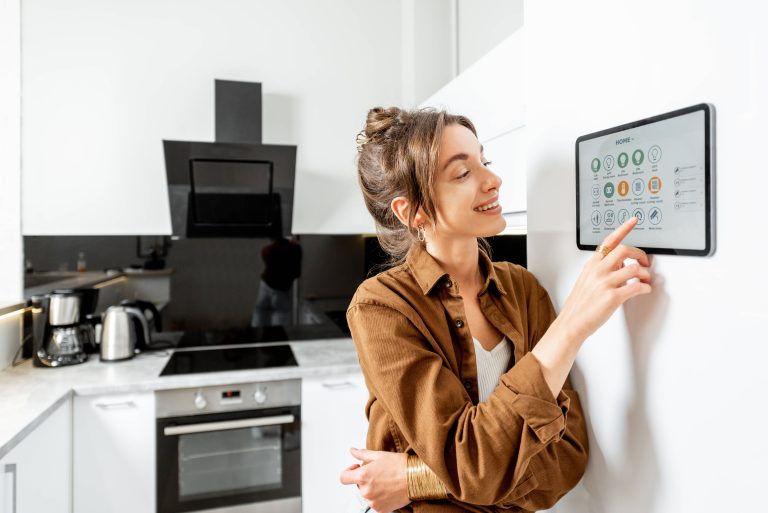
As we stand on the edge of technological progress, smart homes have become more than just a concept of the future—they are an increasingly attainable reality. The year 2025 is expected to bring even more advanced smart home technologies, seamlessly integrating our daily lives with cutting-edge innovations. Here is an in-depth guide to help you construct your perfect smart home in 2025, focusing on various aspects such as infrastructure, devices, security, and user customization.
1. Building the Infrastructure
Network Connectivity
The backbone of any smart home is robust network connectivity. In 2025, a high-speed 5G or even 6G network will be essential. Ensure you have a strong Wi-Fi 6 (802.11ax) or the newer Wi-Fi 7 (802.11be) router capable of handling numerous devices simultaneously without latency. Mesh networks will be widely adopted to eliminate dead zones and provide consistent connectivity throughout your home.
Smart Hub Integration
Central to the management of all your connected devices is a smart hub. In 2025, these hubs will be more advanced with compatibility across various smart home ecosystems (e.g., Amazon Alexa, Google Home, Apple HomeKit). When choosing a hub, consider its compatibility with a wide range of devices, user-friendly interface, and voice control capabilities.
2. Choosing the Right Smart Devices
Lighting
Smart lighting systems, including LED bulbs, smart switches, and automated blinds, will be essential. These can be programmed to adjust based on time of day, occupancy, or even weather conditions, contributing to energy savings and personalized ambiance. Look for systems compatible with your chosen smart hub and that offer features such as color-changing capabilities and integration with other home systems.
Climate Control
Smart thermostats have been around for years, but by 2025, they will be even more precise and intuitive. They’ll adapt to your routines and preferences, efficiently managing your HVAC systems based on real-time data and weather forecasts. Consider products that support zoning control, allowing customized climates for different areas in your home.
Security
Home security will be more sophisticated, with AI-driven cameras, smart locks, and motion sensors. These systems will not only detect intrusions but can also recognize faces and alert you of potential security threats. Choose security solutions that offer end-to-end encryption to ensure your data and home remain secure.
Kitchen and Appliances
Smart kitchens will revolutionize the way we cook and manage household chores. Look for smart refrigerators that suggest recipes based on available ingredients, ovens that can be controlled via smartphone apps, and dishwashers and washing machines that operate on pre-set schedules to save energy.
Entertainment
Smart entertainment systems will seamlessly integrate with your home infrastructure. Voice-activated speakers, smart TVs, and integrated home audio systems will provide immersive experiences. Advanced virtual and augmented reality setups might become more commonplace for gaming and media.
3. Enhancing Security and Privacy
As our homes become smarter, the importance of securing our data privacy increases. Here are some strategies to help protect your smart home:
End-to-End Encryption
Ensure all your devices and systems use end-to-end encryption to protect data transmissions. This helps prevent unauthorized access and keeps your personal information safe.
Regular Updates and Patches
Manufacturers frequently release firmware updates to fix bugs and security vulnerabilities. Regularly update your devices to benefit from these enhancements.
Strong Password Practices
Use strong, unique passwords for all devices and systems. Consider a password manager to keep track of them. Enable multi-factor authentication (MFA) wherever possible for added security.
IoT Security Solutions
Invest in IoT security solutions that monitor and protect all connected devices. These solutions can detect vulnerabilities, provide real-time alerts, and offer recommendations for mitigating risks.
4. User Customization and Integration
Personalization is a key benefit of a smart home. Here’s how to make your smart home work best for you:
Voice Assistants
Voice assistants will play a pivotal role in managing smart homes. Train your assistant to recognize your voice and preferences. Schedule tasks, control devices, and get reminders seamlessly through voice commands.
Home Automation Routines
Set up routines and scenes that automatically execute several actions based on triggers like time of day, occupancy, or specific events. For example, create a “Good Morning” routine that adjusts lighting, plays your favorite music, and starts the coffee maker.
Smart Home Ecosystems
Choose devices that work within the same ecosystem for smoother integration and centralized control. Whether it’s Amazon Alexa, Google Home, or Apple HomeKit, staying within one ecosystem reduces compatibility issues and simplifies management.
Energy Management
Track your energy consumption and optimize it with smart energy management systems. Use real-time data to understand your patterns and make adjustments to save on utility bills while reducing your carbon footprint.
Conclusion
As we approach 2025, constructing a smart home involves careful planning, choosing the right devices, ensuring robust security, and tailoring the system to fit your lifestyle. The advancements in technology will continue to transform our living spaces, offering unprecedented convenience, efficiency, and customization. By following this comprehensive manual, you can create a smart home that not only meets your needs but also embraces the future of home automation and integration. Happy building!







